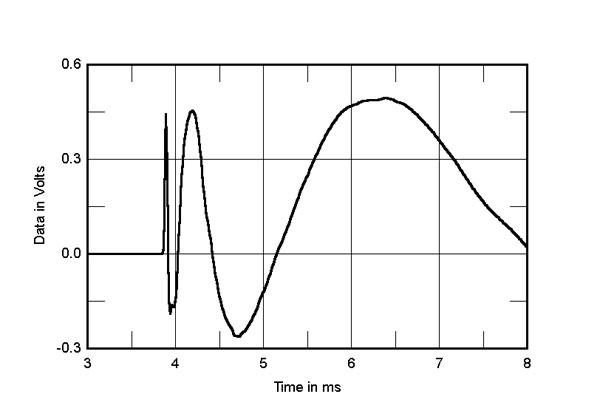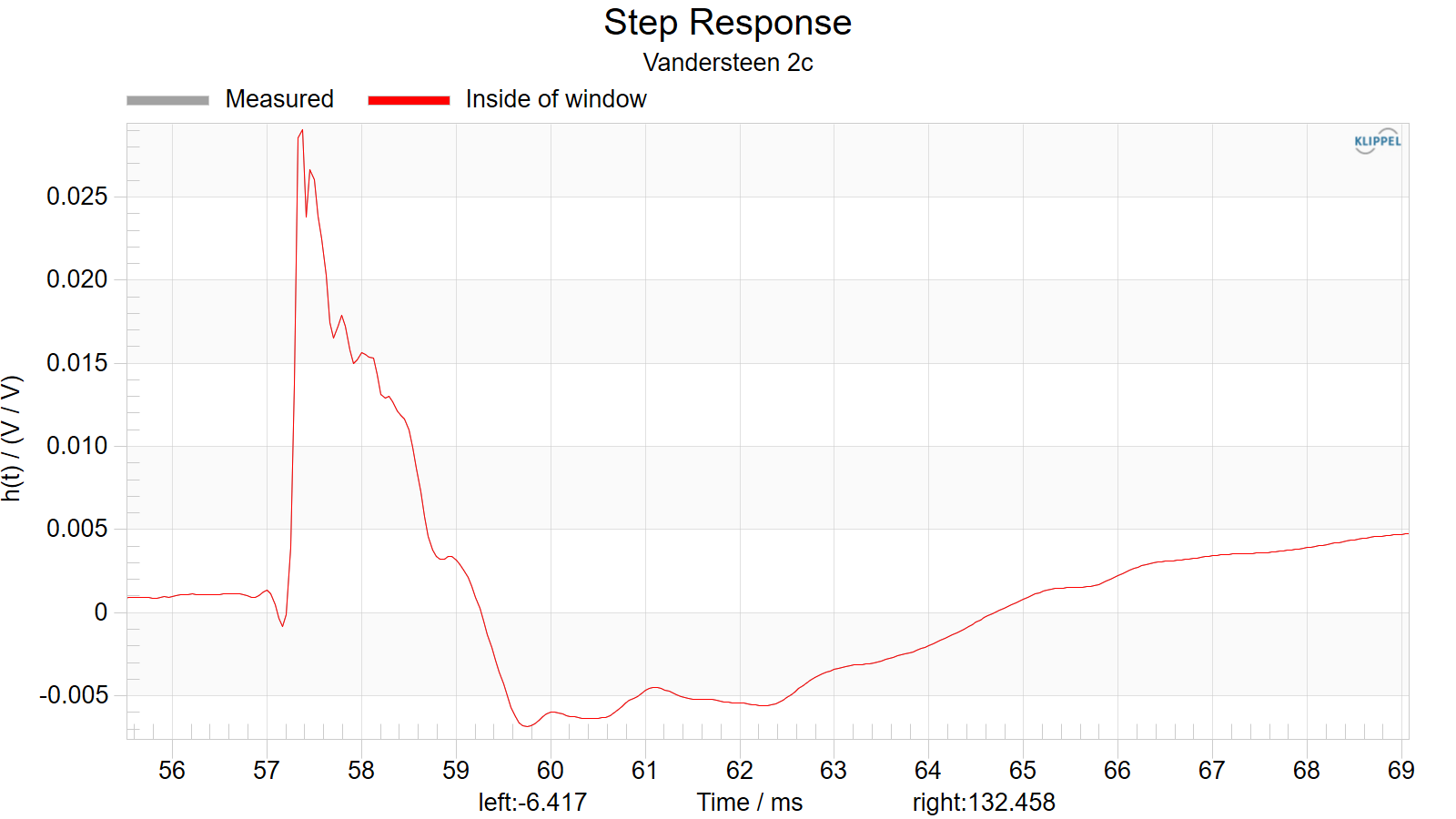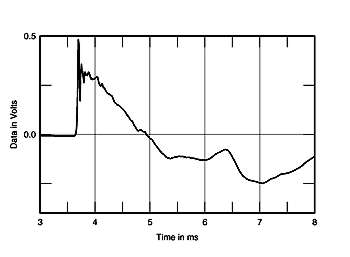I doubt tweeters are getting faster over time.
Cone breakup may be getting reduced, and dome resonances are likely on a general trend downwards. The carbon cones and the “CT” would be some examples why and how.
And on the motor side, motors are generally either getting more linear, or going for longer strokes… and occasionally both… mostly with woofers.
motor non linearity show up as HD and IMD.
Hence without some measurement plot of SPL vs Freq, and the harmonics thrown in there, it is difficult to figure what may be going on technically under the kimono or sock.
One of the “Darlings” on ASR is the Revel F228be.
They conveniently left out the step response, but the stereophile review has it.
Step response of F228be:

I found that the step response of the 30 year old 2c that Erin measured seems to look a bit different:
Step response of 30 year pair of Vandersteen 2C:
 (Doesn’t look like it will paste in, but it almost at the bottom In the URL)
(Doesn’t look like it will paste in, but it almost at the bottom In the URL)

https://www.erinsaudiocorner.com/loudspeakers/vandersteen_model_2/
Stereophile showed it in 1995:

Those two speakers do not look like they have similar step response.
I doubt the newer model differs much in step response, but it could differ in HD profile (Lower, I would hope/expect) and likely the FR is flatter (hope).
I sort of like to see the measurements as going to a shop with the all excitement, their room, gear, and track selection… makes it a bit of magic show. The speakers and systems should not sound bad, but most everything in a shop is set up and demoed to sound pretty good.
No matter how good a random speaker is sounding though, it would be difficult to make a speaker with poor step response become more coherent… an hour in a well treated room may not be enough to hear through with the skipping around of random tracks and salesman blather.



 (Doesn’t look like it will paste in, but it almost at the bottom In the URL)
(Doesn’t look like it will paste in, but it almost at the bottom In the URL)
